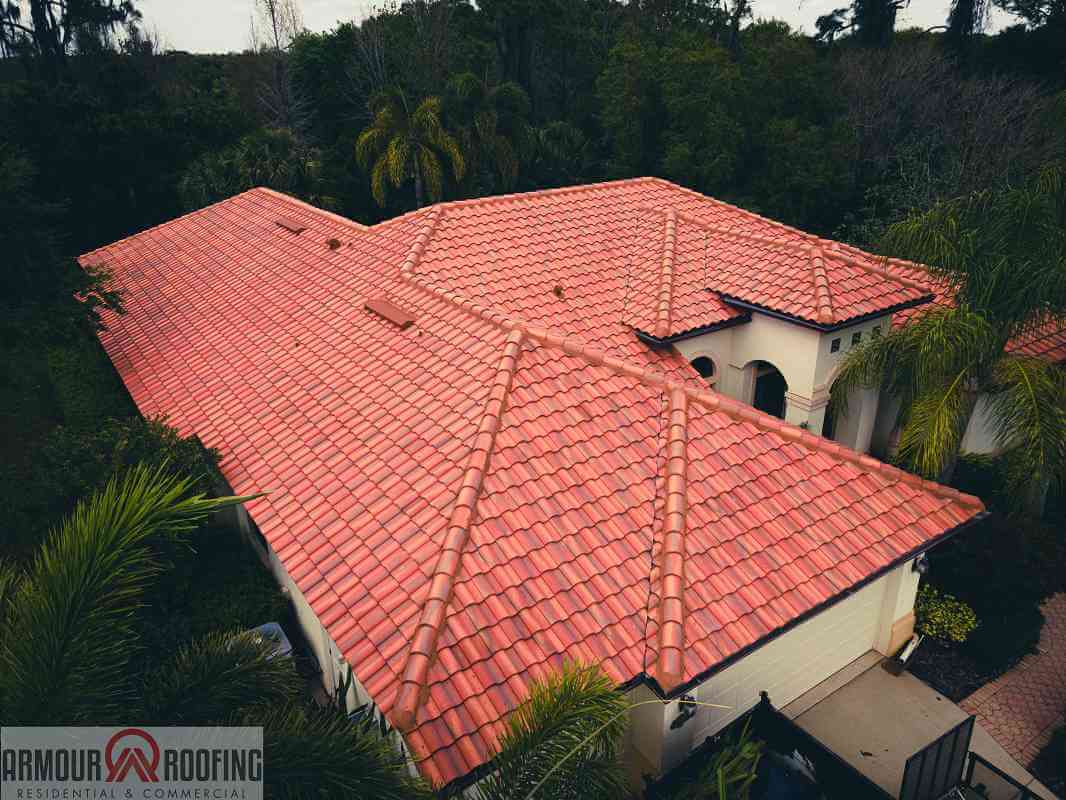A good residential roof crowns your home by giving it an attractive appearance and protects you and all your belongings from harsh weather elements, such as rain, wind, snow, and hail. However, their position as the first line of defense against harmful materials makes them vulnerable to damage, meaning you need to give them special care and attention to ensure they remain at their best. As time passes by, your top may start to deteriorate. The shingles may crack, fall off, curve, or develop other problems due to constant exposure to elements. Consequently, it may begin to leak, and the infiltrated water can cause damage to your house's interior or result in other issues, including wood rot, mold, and mildew development.
Whether you need to replace the entire covering of your house or garage or need to replace few tiles, the repairs can become daunting. Other than the shingles, extra items such as nails, flashing, ventilation, and labor form a part of replacement costs. For this reason, you will need to know how much money you will spend on repairing or replacing the roofing before you start the renovations. Although the contractors from different regions charge differently, this article tells you what you might need to know about the replacements to help you budget accordingly:
Average roof replacement cost
The amounts of money needed to complete the repairs vary slightly. However, a typical range for housetop replacement will cost you between $10,100 and $18,000 on average. Nevertheless, you can incur as low as $5,000 or as much as $30,000. Most roofing contractors will charge you between $4.50 and $7.00 for every square foot. In the United States, the average shingle size is approximately 1,700 square feet. The charges depend on various factors, including the size of your house, the type of roofing material, level of damage, your home location, the slope of the covering, nature and complexity of the slates, number of old shingle layers the experts need to remove, kind of accessories and underlayment in place, and warranties the contractor offers. Quality also differs depending on the contractor's works. However, choosing to replace your rooftop with low-quality materials and cheap labor will lead to you needing another replacement sooner and would even invalidate your warranty. As a result, before you hire a company, ensure you ask about their insurance and liability policies and make sure they can cover you in case of an adverse event.
Look for a company that helps you understand how the experts measure material before breaking down the prices of materials. Experts analyze material costs in "squares"- 100 square feet or ten by ten foot. Thus, rather than giving you the estimated costs in square feet, they will use this measurement, which they will obtain by calculating the area of each pane and combining those measurements.
Re-Shingle Costs
On average, re-shingling your house covering will cost you around $18,200, although the prices can vary significantly. The charges will also depend on several factors, including the size of your rooftop, geographic location of the house, the type of re-shingle material you want, and many more. When compared with re-shingling, minor repairs help you save. However, the cost associated with fixing few shingles also varies.
Other rooftop Replacement Costs
When calculating your house covering replacement costs, you also need to include the following elements:
1. Nails- The replacement will require nails.
2. Underlayment- Professionals recommend the use of a strong underlayment to enhance protection against water destruction. In case your shingles get damaged, an underlayment will safeguard your house from leaks, molds, and other water-related issues.
3. Water Barrier- Your renovations will need to include a high-quality water barrier, which will offer extra protection to prevent water from leaking underneath. The renovation will require two layers of this barrier to ensure your home's safety.
4. Starter Shingles- Starter shingles help keep your seam and canopy free from water by directing the water off the shelter rather than allowing it to sit on the covering. Roofing professional place starter shingles below the primary shingle.
5. Ventilation- Your top needs adequate ventilation for excellent air circulation. Improper ventilation prevents hot air from leaving your attic, causing materials to rot.
6. Drip edge- If you happen to leave out your drip edge, water will not flow properly into the gutters, resulting in rotting. Drip edge improves the appearance of your home and protects it from insects and moisture.
7. Flashing- Flashing refers to sealing joints and other vulnerable points to ensure they do not trap water. It is often done in areas where the chimney and shingles meet. In many cases, contractors omit flashing in their estimates due to the complexity of the work needed.
8. Labor- Labor usually costs 60% of the total cost of the new housetop.
Although the cost is relatively high, replacing your roof with a qualified roofer is a worthwhile investment. A new rooftop can serve you for at least 20 years and raise the value of your home by $15,000 to $30,000. Armour Roofing provides residential roofing, commercial roofing and multi-family roofing.
